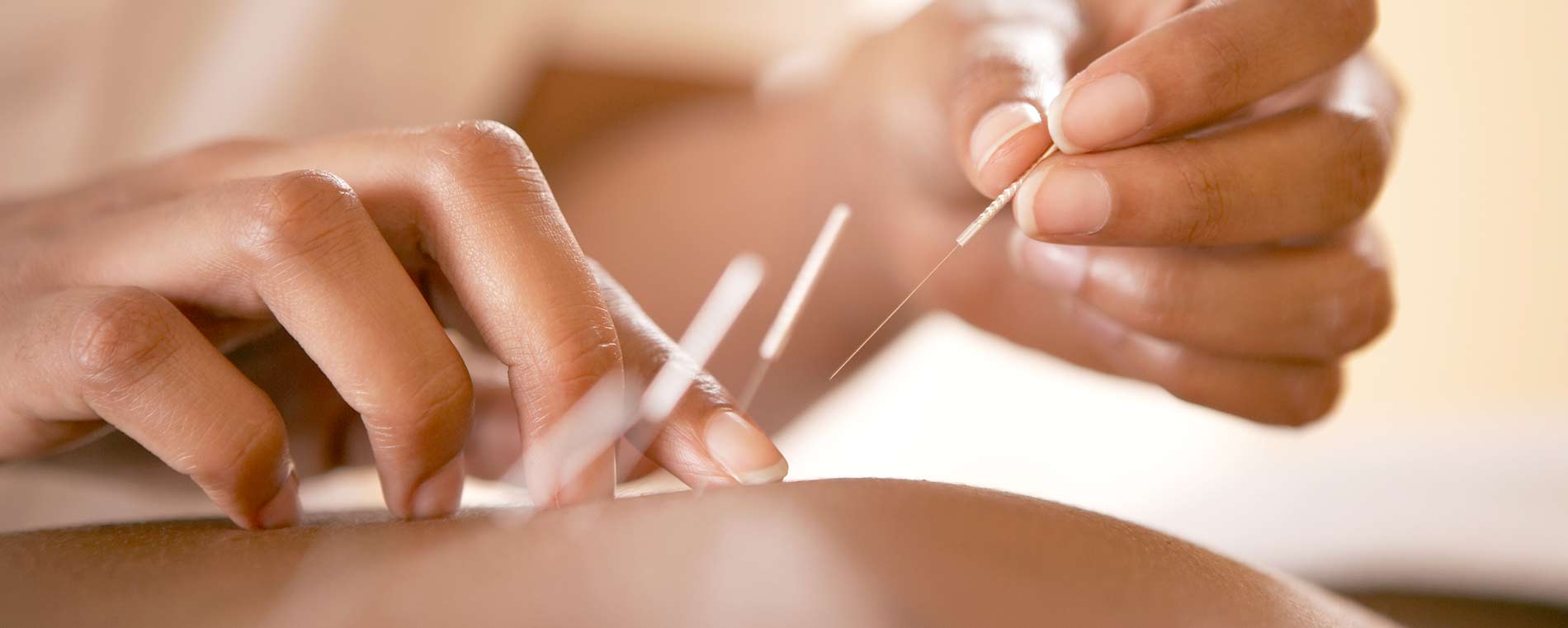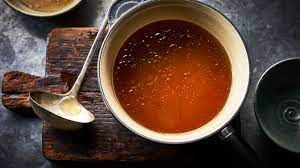Puberty. It’s both a rite of passage and a life change. Children are now reaching it earlier than ever before, and while most of the attention has been placed on girls, the trend applies to boys as well. In the 19th century, the onset of menstruation in girls occurred around the age of 15. Now the average age of the first period is around 12. Some girls develop breasts as early as age seven. According to a recent study in the journal Pediatrics, boys are now beginning sexual development anywhere from six months to two years earlier than the medically accepted standard based on previous studies. African-American boys were found to hit the onset of puberty the soonest, starting around the age of nine. Caucasian and Hispanic boys begin developing around the age of 10.
Why Does It Matter?
While some may shrug off the concern of earlier maturation, it’s actually quite significant, as it can affect both physical and psychological health in a number of ways, including raising the future risk for hormone-related cancers. Girls who enter puberty earlier are at an increased risk of breast cancer, for example, due to the early rise in estrogen. Early maturation also raises serious questions about environmental factors contributing to this worrisome trend.
Why Is This Happening?
Lead researcher of the study Marcia Herman-Giddens told CNN Health:
“The changes are too fast. Genetics take maybe hundreds, thousands of years. You have to look at something in the environment. That would include everything from (a lack of) exercise to junk food to TV to chemicals.”
Scientists have brought forth a number of potential explanations for the rising rates of early puberty, but one that deserves special attention is environmental chemicals, particularly xeno-estrogens, i.e. estrogen-mimicking chemicals. These compounds behave like steroid hormones and can alter the timing of puberty, and affect disease risk throughout life. In adults, xeno-estrogens have been linked to decreased sperm quality, stimulation of mammary gland development in men, disrupted reproductive cycles and ovarian dysfunction, obesity, cancer and heart disease, among numerous other health problems.
Where Are They Found?
We’re surrounded by hormone-disrupting chemicals these days, many of which are plasticizers. Bisphenol A (BPA) for example, is an industrial petrochemical that acts as a synthetic estrogen, and can be found plastics and tin can linings, in dental sealants, and on cash-register receipts. Three years ago, laboratory tests commissioned by the Environmental Working Group (EWG) detected BPA in the umbilical cord blood of 90 percent of newborn infants tested — along with more than 230 other chemicals.
In 2010, Canada declared BPA a toxic substance, but to date no other country has followed suit, although BPA has been banned in baby bottles in Canada, Europe and the United States. Many American and Australian companies have voluntarily removed the chemical from their products, in response to consumer demand. So, if you check around, you can find a lot of BPA-free products.
However, buyer beware, as it recently came to light that some companies are simply replacing the offending BPA with another less known but equally toxic chemical called bisphenol-S (BPS). Not only does BPS appear to have similar hormone-mimicking characteristics to BPA, but research suggests it is actually significantly less biodegradable, and more heat-stable and photo-resistant, than BPA.
Other Top Environmental Offenders Include:
- Phthalates, a group of industrial chemicals used to make plastics like polyvinyl chloride (PVC) more flexible and resilient. They’re also one of the most pervasive of the endocrine disrupters, found in everything from processed food packaging and shower curtains to detergents, toys and beauty products like nail polish, hair spray, shampoo, deodorants, and fragrances. Exposure to phthalates can lead to incomplete testicular descent in fetuses, reduced sperm counts, testicular atrophy or structural abnormality and inflammation in newborns.
- Nonylphenol ethoxylates (NPEs). Known to be potent endocrine disrupters, these chemicals affect gene expression by turning on or off certain genes, and interfere with the way your glandular system works.
- Bovine growth hormones(rBGH) commonly added to commercial dairy have been implicated as a contributor to premature adolescence
- Non-fermented soy products, which are loaded with hormone-like substances
- Methoxychlor and Vinclozin, an insecticide and a fungicide respectively, have been found to cause changes to male mice born for as many as four subsequent generations after the initial exposure.
Tips to Reduce Exposure to Hormone-Disrupting Substances
While young girls and boys may show obvious signs of exposure to hormone-disrupting substances via early puberty, other signals are more insidious and may not show up until a disease is already present. You can cut back on your family’s exposure to these dangerous chemicals by following these 12 guidelines. Pregnant women and women who may become pregnant should pay particular attention to reducing their exposure as much as possible to protect the health of their unborn baby.
- Eat whole, preferably organic, produce and free-range, organic meats to reduce your exposure to added hormones, pesticides and fertilizers. Also avoid milk and other dairy products that contain the genetically engineered recombinant bovine growth hormone (rBGH or rBST)
- Eat mostly raw, fresh foods. Processed, prepackaged foods (of all kinds) are a major source of soy and chemicals such as BPA and phthalates.
- Store your food and beverages in glass rather than plastic, and avoid using plastic wrap and canned foods (which are often lined with BPA-containing liners).
- Use glass baby bottles and BPA-free sippy cups for your little ones.
- Make sure your baby’s toys are BPA-free, such as pacifiers, teething rings and anything your child may be prone to suck on.
- Only use natural cleaning products in your home to avoid phthalates.
- Switch over to natural brands of toiletries such as shampoo, toothpaste, antiperspirants and cosmetics. The Environmental Working Group’s Skin Deep Database is a great resource for finding personal care products that are free of phthalates, parabens and other potentially dangerous chemicals.
- Avoid using artificial air fresheners, dryer sheets, fabric softeners or other synthetic fragrances.
- Replace your non-stick pots and pans with ceramic or glass cookware.
- When redoing your home, look for “green,” toxin-free alternatives in lieu of regular paint and vinyl floor coverings.
- Replace your vinyl shower curtain with one made of fabric.
- Avoid non-fermented soy, especially if you’re pregnant. Also, avoid soy-based infant formula.









